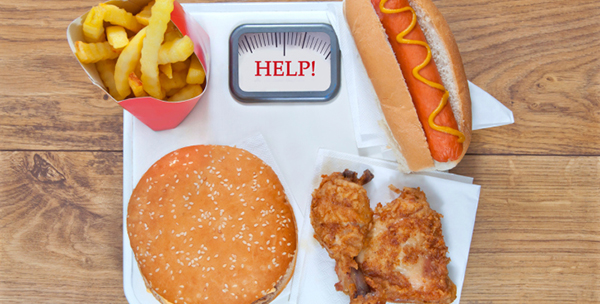Don’t Live with a Fatty Liver
By Claire Georgiou, Reboot Naturopath, B.HSc ND

A fatty liver contains an excessive amount of fat and the healthy liver cells are partly replaced with areas of unhealthy fats. The liver cells and the spaces in the liver are filled with fat so the liver becomes slightly enlarged and can have a yellow greasy appearance.
The liver is your detoxifying warehouse and keeps your blood clean and it controls your fat metabolism and weight control. Here is more on the liver and its important functions in the body.
Due to the liver having a long list of functions; when healthy liver cells are replaced with fat then the liver partly becomes ineffective, a fatty liver is working at a reduced capacity and is overloaded, fatty and sluggish.
What can cause a fatty liver?
– Excess alcohol
-Having diabetes or insulin resistance
– Taking many medications for long periods of time (poly-pharmacy)
– Poor nutrition (lack of anti-oxidants and phytonutrients for healthy liver support and detoxification)
– Excess processed foods such as refined flour, sugar and hydrogenated fats, preservatives, additives, colours, pesticides etc. in our foods
– Obesity or carrying excess weight around your torso
Guidelines in Australia for a healthy waist circumference are less than 81cm (32 inches) for a women and 95cm (37.5 inches) for a man. When your waist measurements are greater than this suggestion, you’re at an increased risk for diabetes, heart disease and fatty liver disease.
Once it was thought that a fatty liver was a harmless health condition but now they are finding that there are a number of increased risk factors associated such as liver cirrhosis, hypertension, diabetes and cancer.
Diagnosis of a fatty liver:
– An abdominal ultrasound or biopsy
– Elevated liver enzymes although this demonstrates inflammation and may not be a good guide that you have a fatty liver. Often people with a fatty liver will have normal blood tests.
Symptoms associated with a fatty liver:
Normally the greater the infiltration the more symptoms experienced, it is suggested that more than 4 symptoms MAY be an indication of a fatty liver:
Fatigue, poor weight control, excess abdominal weight, discomfort under the right rib cage, elevated cholesterol, coated tongue, poor immune health, increasing allergies, poor blood sugar control, lipomas (lumps of fat under the skin), digestive problems such as reflux, bloating, indigestion, nausea, vomiting, gallbladder stones or sludge, skin rashes, excess sweating, flushed face.
TIPS TO REVERSE FATTY INFILTRATION
I often hear that people are told by their doctor that they can’t do anything about their fatty liver but you can!
1.) JUICING – (how did you know I was going to say that J) reversing a fatty liver can be achieved with healthy dietary changes and weight loss but juicing together with these changes will FAST track your results.
2.) Lose weight – this will reduce the visceral fat including the fat in the liver.
3.) Healthy eating plan – ditch the refined flour based products such as cakes, biscuits, white breads, pasta, sugar and hydrogenated refined oils & fats, artificial sweeteners, flavors, colors, additives, preservatives and ENJOY HEALTHY proteins, fats and carbohydrates. Here are our simple eating guidelines.
4.) Eat yourself a RAINBOW –The colorful phytonutrients found in fruits and vegetables will aid in the growth and repair of healthy functioning liver cells.
5.) Include RAW – it is important to include a large portion of your fruit and vegetable intake raw! Raw fruits and vegetables contain important enzymes which are vital for a healthy metabolism, digestion and healthy liver detoxification.
6.) Include bitter and sour – the forgotten art of true appetizers! These foods increase the production of digestive enzymes and bile for efficient digestion. This also supports a healthy gallbladder. Bitter & sour foods include endive, radicchio, chicory 1(witlof), bitter melons, limes, lemon, grapefruit, beetroot leaves, collard greens, watercress, rocket (arugula), dandelion leaves and olives.
7.) Exercise – important fitness tips
8.) Avoid alcohol – or reduce significantly